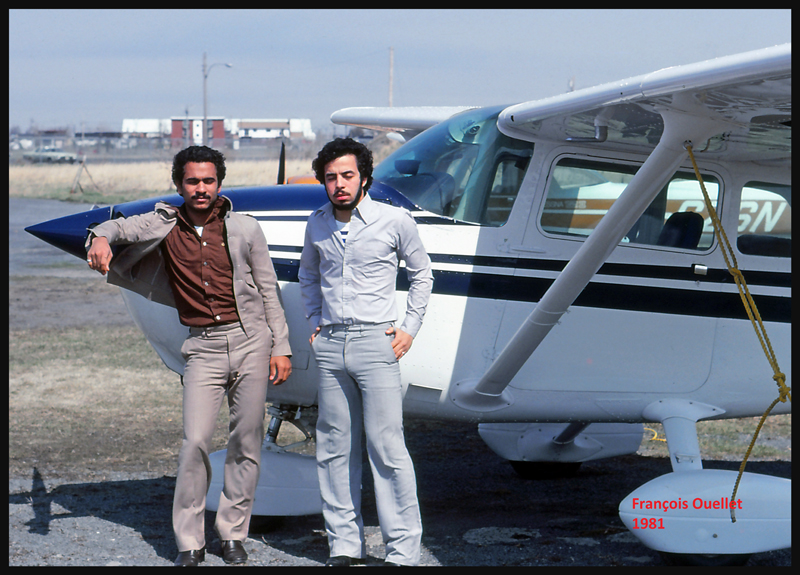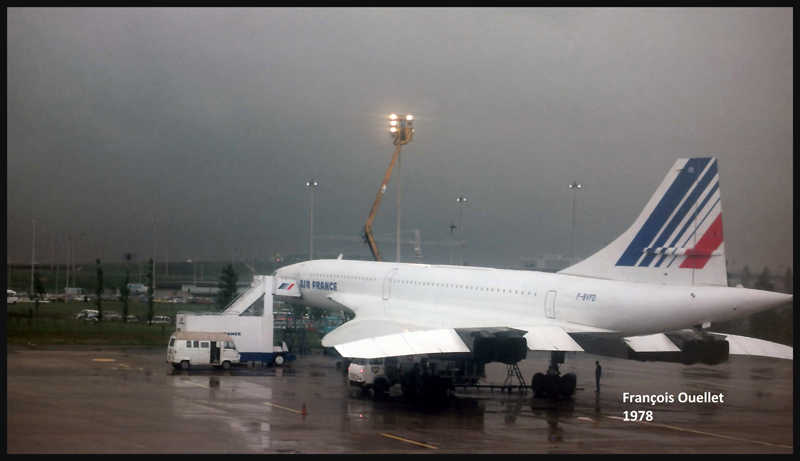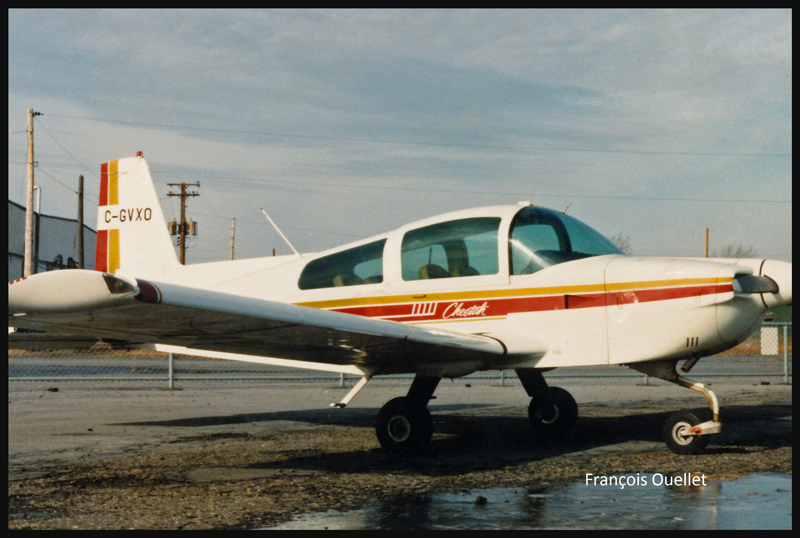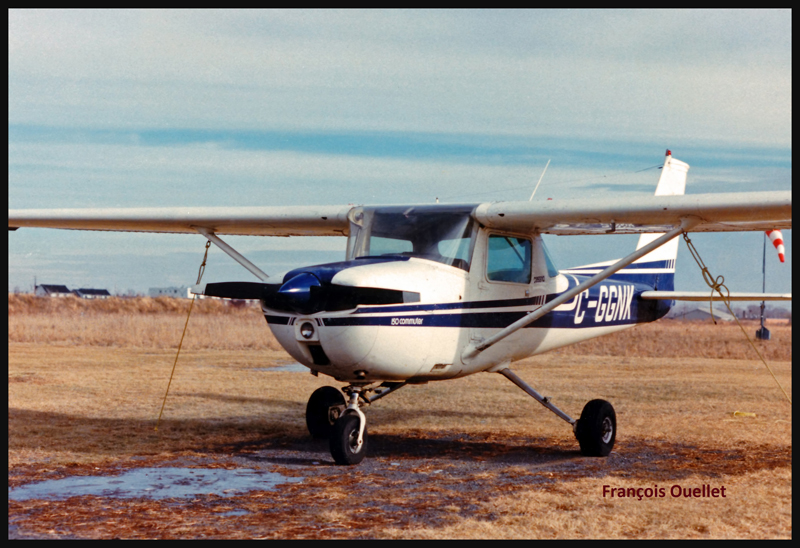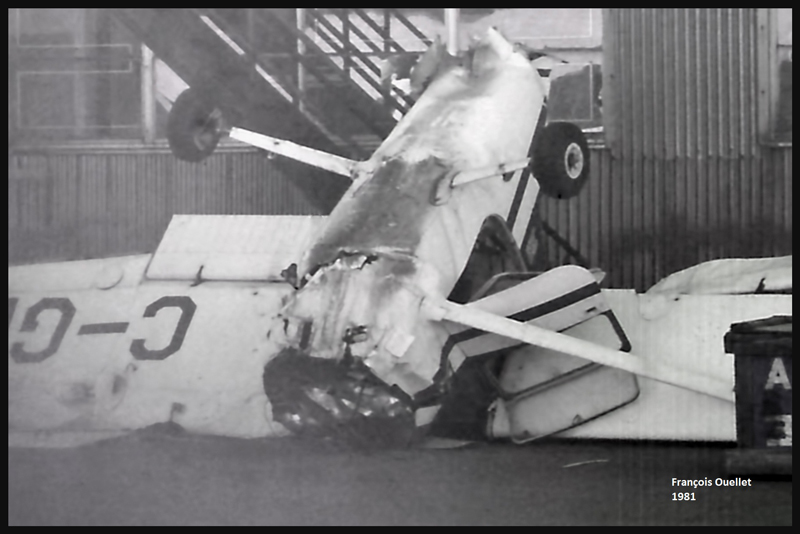(Precedent story: the flight from St-Jean-sur-Richelieu to Edmonton)
In order to accumulate flying hours, I needed to become a flight instructor. The course was undertaken and my license obtained, after successful written and flying exams. Already having logged enough flying hours as pilot in command, I was able to receive a Class 3 license immediately. Technically, this meant that I did not have to receive permission from a chief instructor before I authorized a student to fly alone for the first time.
In order to study certain maneuvers with the greatest possible accuracy that I would have to teach, I sometimes practiced unusual flying exercises. This meant I needed to check the behavior of the aircraft if a student mishandled the controls before I could correct him. With enough altitude, you could afford a fair amount of improvisation.
So I decided, during one of these specific exercises, to simulate a student who had inverted the maneuvers required to stall an aircraft and bring it to a spin. The plane turned completely upside down and I heard noises indicating that the stress on the structure was possibly important. Needless to say, I decided to abandon some experiments, realizing that it was quite possible that certain leased aircraft had previously been engaged in similar exercises. We all want to end a flight with our aircraft intact…
At the St-Jean-sur-Richelieu flying club, we were now eleven certified instructors. However, the number of new students was stagnating in the economic uncertainty of the late 70s to early 80s. A global recession was raging and unemployment soaring. Some airlines went bankrupt, others were freezing the hiring of new pilots. Eleven instructors in the same flying club was a lot for so few customers. The pay was meager.
Among the students I trained during the period when I was a flight instructor, the first to successfully fly solo was an Egyptian. He arrived in Quebec with a group of a dozen compatriots. Their ambition was to receive all of their training in Quebec and return to Egypt as pilots for the national carrier EgyptAir.
My student had talent and learned quickly. But there was a student in the group that many instructors tried to train without success. Each of us thought that our own method might not have been appropriate so we encouraged him to try flying with other instructors. But it became clear that aviation would never be the field of activity in which he could progress and make a career. No instructor ever agreed to let him fly solo, and this, even after the student had spent months trying to understand the basics of flying: when came the time to execute the learned concepts, even after multiple demonstrations, he could not do it. He was simply not a safe pilot. I guess he changed his plan after the St-Jean experience.
(next story: the flight service specialist)

